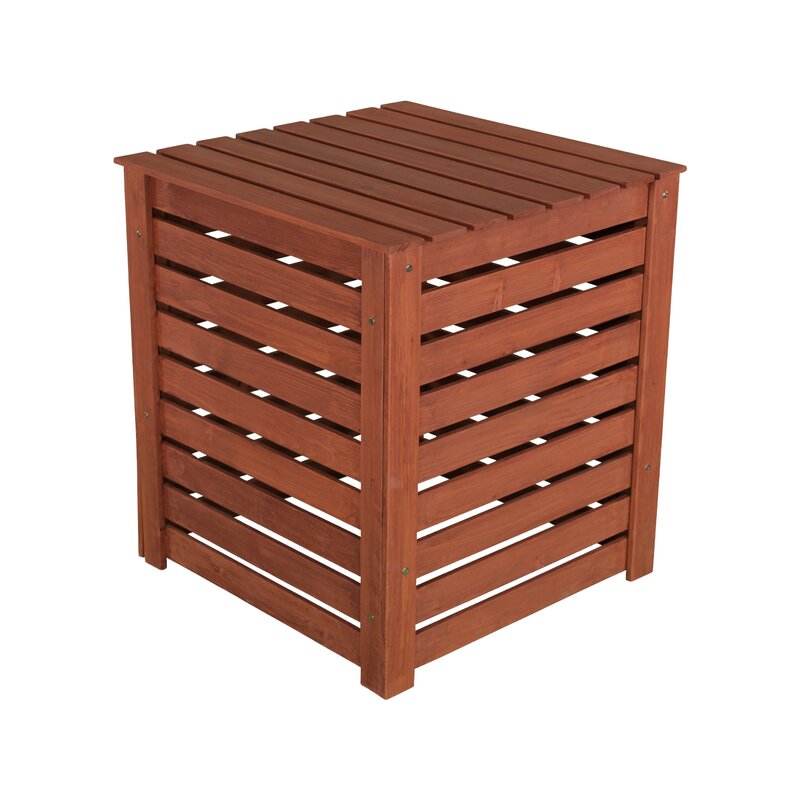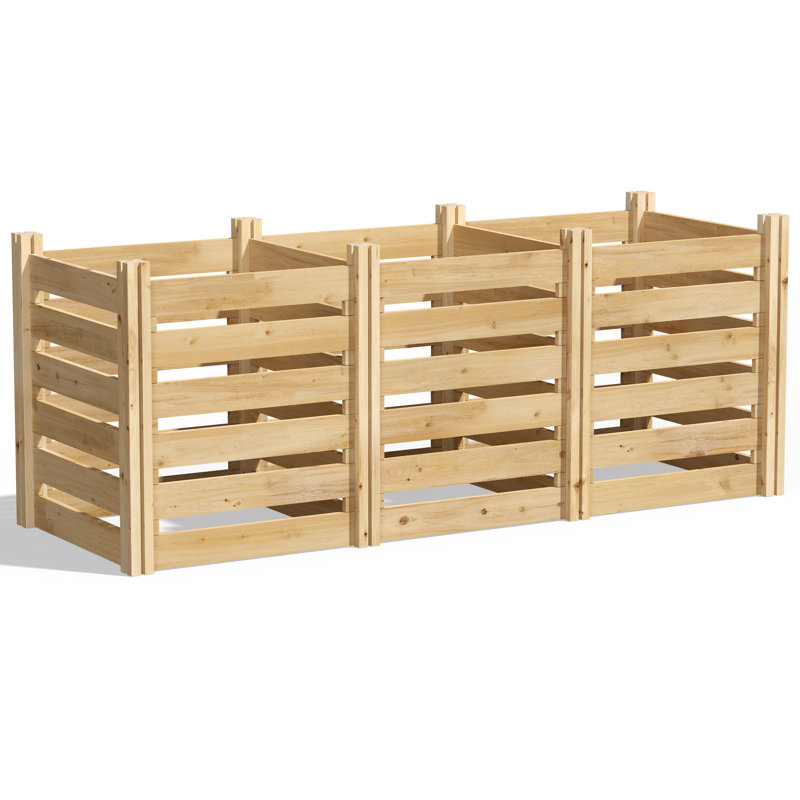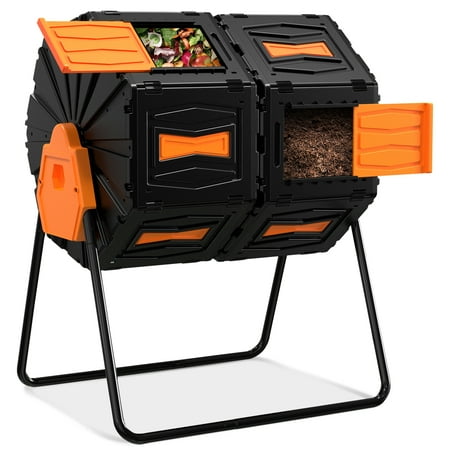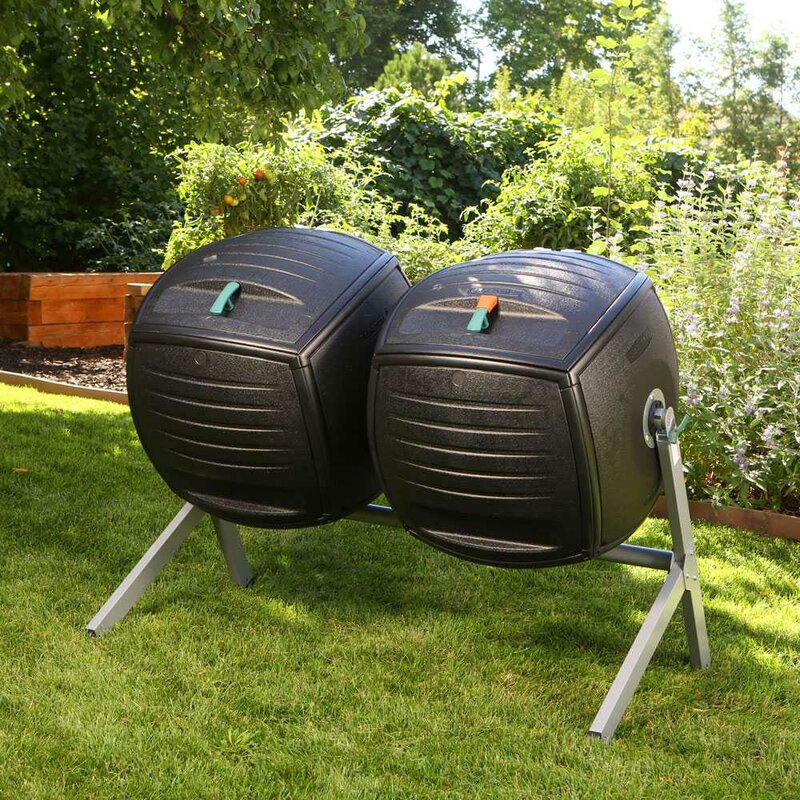How to buy a compost bin – expert tips to help you pick a plastic, wood, or tumbler bin for your yard waste
Compost bins are surprisingly complicated for such a simple piece of garden kit – here's how to find the very best
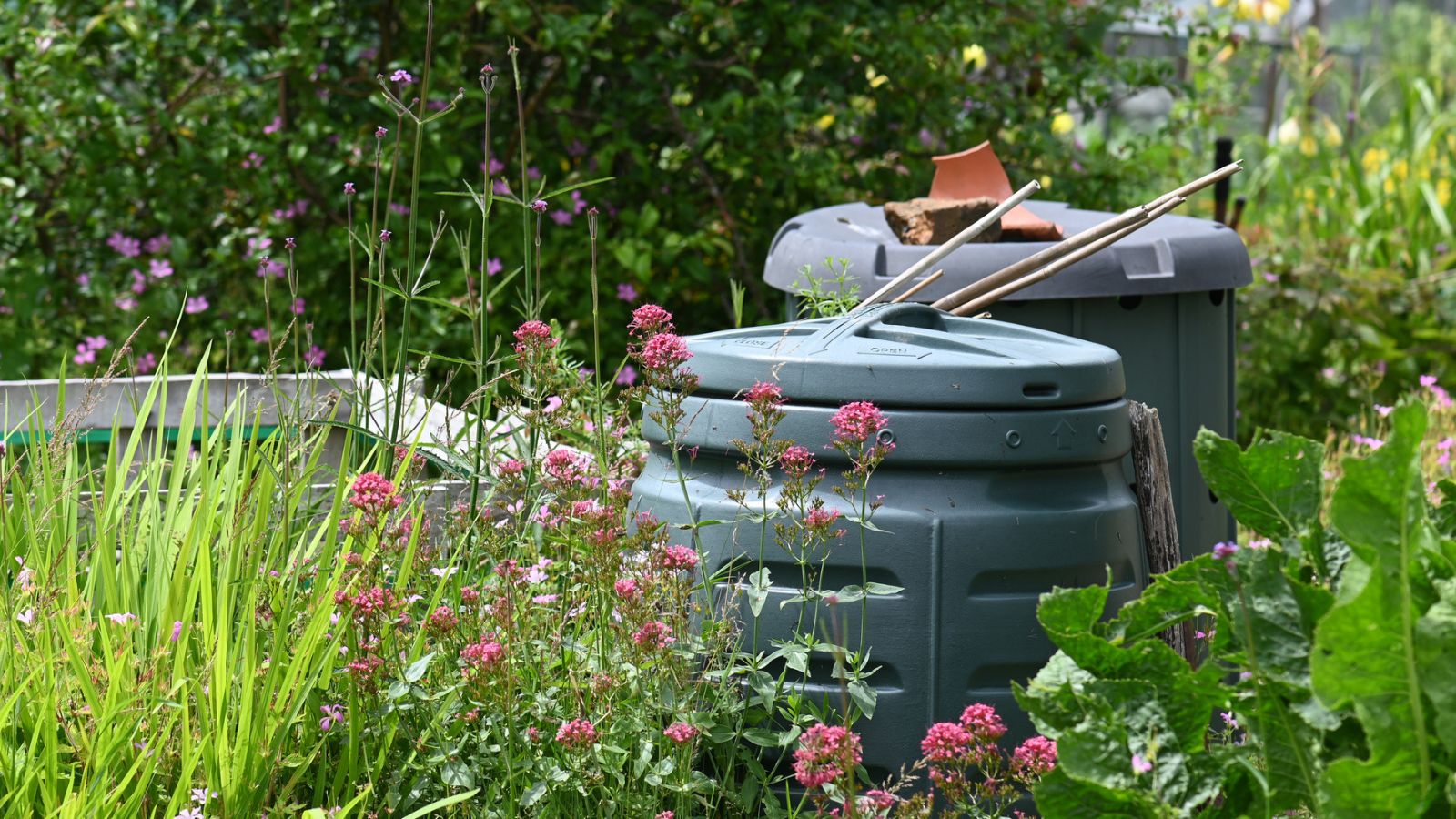

Compost is a vital part of any good garden, providing nutrient-rich fertilizer from household waste that would otherwise end up in a landfill.
However, there are four different types of composter out there and it isn't obvious which bin best suits which type of garden. Some bins can cost hundreds of dollars, which seems like a lot when you consider that they're usually just panels of plastic or cedar.
I spoke to a range of gardening experts about how to buy a compost bin. The pros gave me lots of tips about each type of bin, the size of the bin you need, and how much to spend. Here's what they said:
1. Plastic compost bins

The most common and cost-effective compost bin is a plastic bin. You can find these bins in any hardware store or farm supply store, and they're the cheapest type of compost bin. They're lightweight, so they're easy to set up. When empty, a plastic compost bin only weighs a few pounds, so its easy to place wherever you need. Lots of plastic bins are made of recycled plastic, too.
Plant nursery expert Tammy Sons says 'Plastic bins are lightweight and durable, as well as eco-friendly, but they may retain moisture because they are less breathable.'
Yard expert Jeremy Yamaguchi agrees and says 'Plastic compost bins are some of the cheapest, which is arguably their biggest benefit, and they can get the job done.'

Tammy Sons is a horticulture plant expert, garden writer, and educator. Tammy is the CEO and founder of TN Nursery, a thriving online plant nursery based in Altamont, Tennessee. She is also a prolific writer, sharing her knowledge through articles on various gardening topics, including plant care, sustainable landscaping, and the latest trends in horticulture.

Jeremy is a gardening expert who advises on a range of gardening matters. As the CEO of Lawn Love, Jeremy helps homeowners find quality, reliable lawn care.
However, plastic bins have drawbacks. They aren't as strong as wood bins, so they're liable to burst if you overfill them, which can be a gross problem to clean. Yard expert Ryan Farley says 'Though I see and recommend plastic bins the most, they can also be a less durable option, since plastic degrades especially when it’s exposed to the moisture and heat generated by compost.'

Ryan Farley is the CEO of LawnStarter, a lawn care service founded in 2013 and based in Austin, Texas.
On top of that, they're the stinkiest bin you can buy. Jeremy says 'Plastic compost bins are some of the smelliest. Other materials can trap the bad smells of compost far more effectively than plastic.' Plastic bins are especially bad for this smell because they close tight. While that's good for keeping out rodents and raccoons, it seals in moisture. Too much moisture is bad for compost as it stops the decomposition process, but it's also the perfect condition for bad-smelling bacteria.
Health-conscious gardens should also beware of microplastics from plastic compost bins. Research into the phenomenon is still ongoing, but it appears that even BPA-free compost bins may leach microplastics into compost. If you're making compost to help you grow vegetables, it might be wise to use a different compost bin, as these plastics could end up in your vegetables.
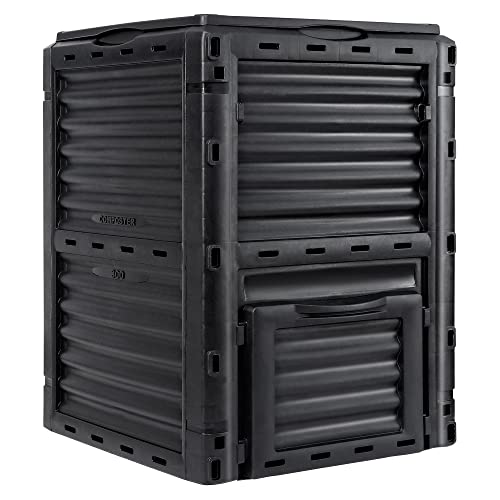
This simple 80 gallon bin is all you need to start composting. Sold under lots of different names, this basic plastic shell easy to assemble, waterproof and makes good compost.
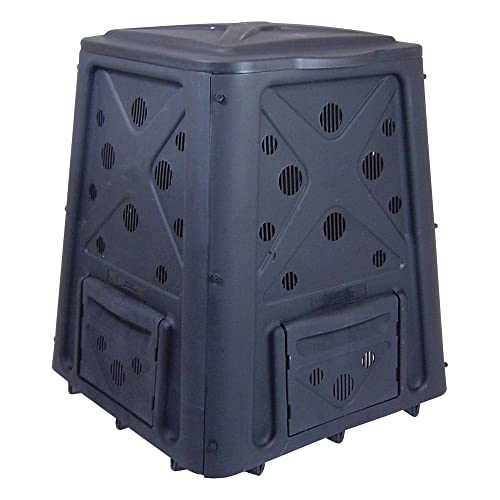
This bin is a little more expensive than I'd like for a compost bin, but you can access compost from every side, which is helpful in tight, complicated gardens. It's also ventilated for a better composting process - just note that it's only 65 gallons.
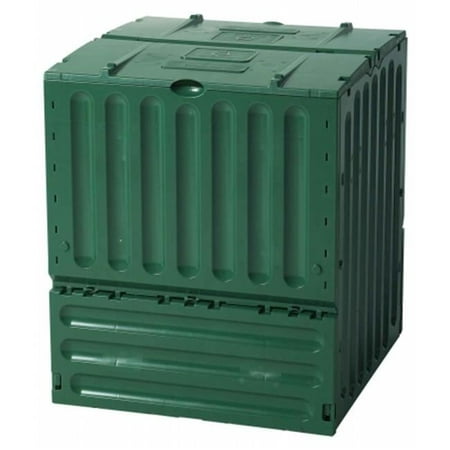
If you have a large plot, you need a big bin like this 160 gal compost bin, twice the size of the others above. This makes a huge amount of compost, so it's more expensive than others out there, but it's also made of recycled plastic to help you do your bit for the environment.
2. Wood compost bins
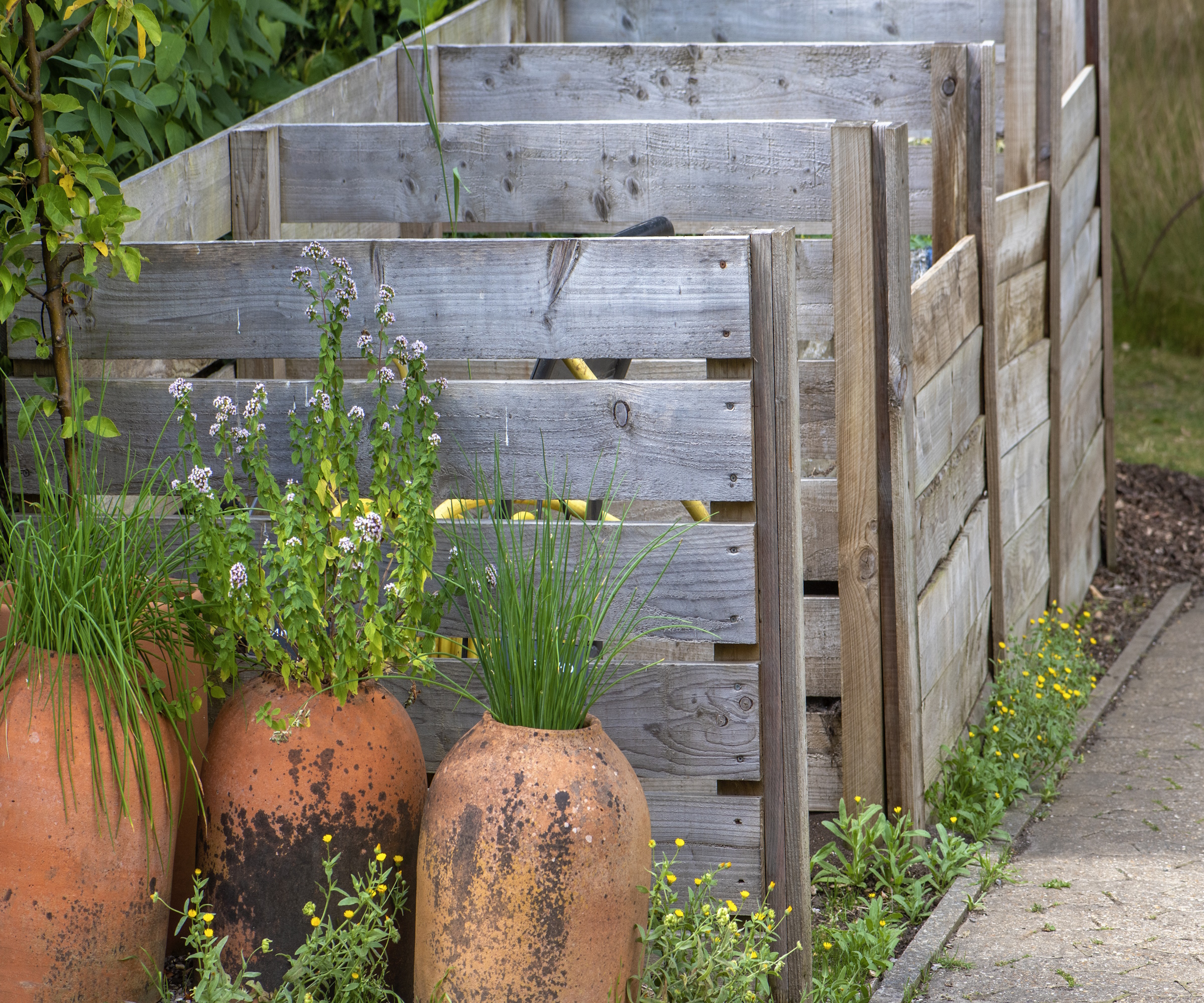
The second most common compost bin is a wooden compost bin, and these have lots of great features.
Wooden compost bins are usually much larger than plastic bins, offering gallons more compost, so they're the best option if you have a large plot and lot of plants to fertilize. They're made from renewable material which doesn't leach microplastic, and they don't trap moisture like a plastic bin, so they don't smell as bad.
Garden expert Manny Barra says 'Made from renewable materials, wood compost bins are perfect for the eco-conscious gardener aiming for aesthetics and functionality. They also breathe better than plastic bins, helping you maintain the Goldilocks balance of moisture and airflow.'
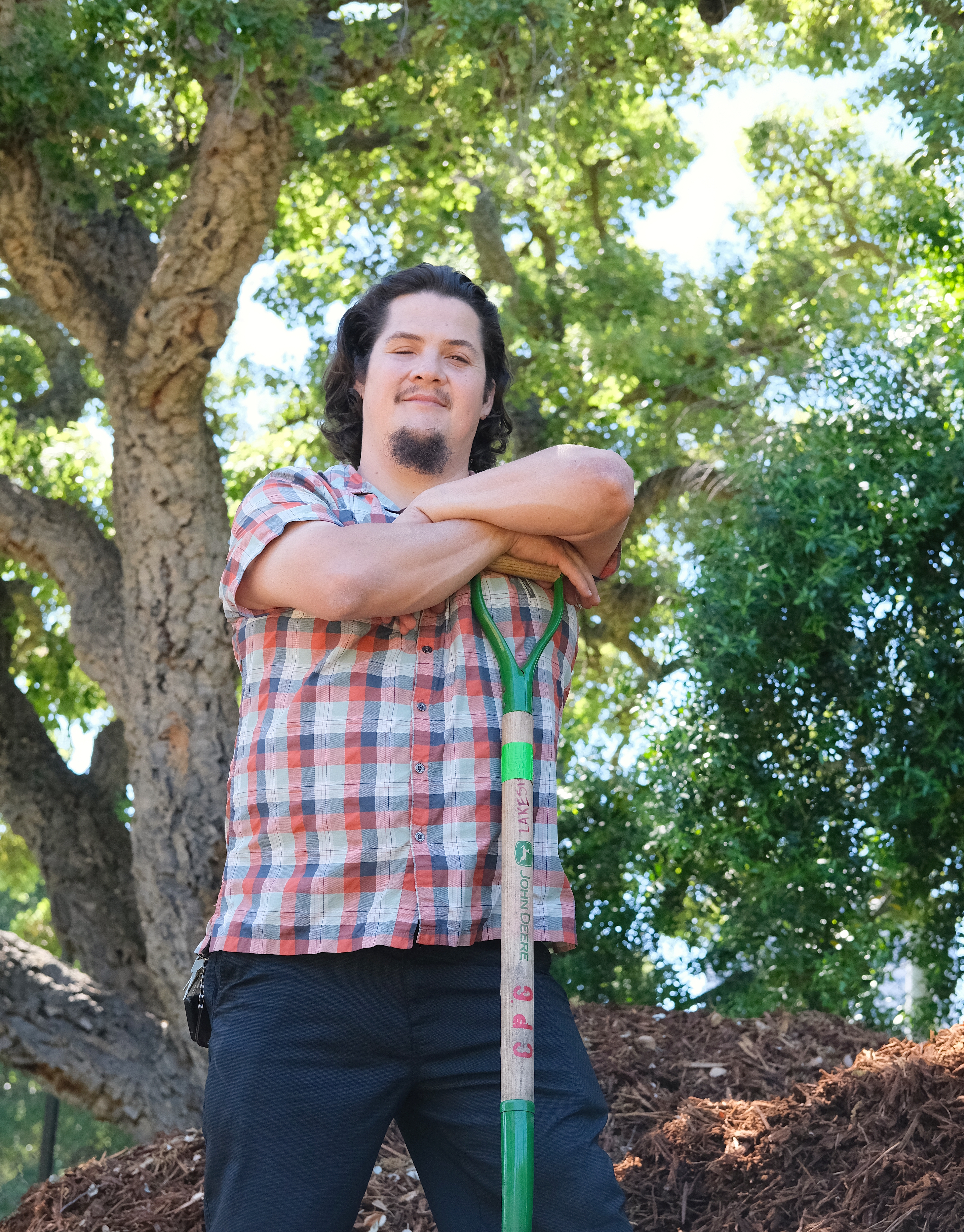
Manny Barra is a Master Gardener at TeachMe.To and the Community Garden Coordinator for the City of Oakland, where he has worked for nearly 6 years. He holds a BA in Environmental Studies - Outdoor Leadership from Sonoma State University. H
You can also DIY a wooden compost bin. If you have boards, planks, or an old pallet left over from another project you can reuse this wood in a compost bin. It's simple DIY - all you need to do is nail together some planks into a wooden box. The easiest design is open, so you can get to the compost - just make three sides to the box instead of four so that you can get to the compost.
However, over time the wood will rot from the moisture in the compost, so wood compost bins may not last as long as plastic bins. Tammy Sons says 'Wooden bins, are breathable and eco-friendly, but in turn are less durable due to wood being able to rot over time.'
Ready-made wooden bins are more expensive than plastic bins, too. they usually cost $150-$200 dollars, whereas you can pick up a cheap plastic bin for around $50.
Wood compost bins are less secure than plastic compost bins, and if installed incorrectly they can introduce vermin to your yard. They're the perfect food source for raccoons and rats, and it can be very messy to clean up after them.
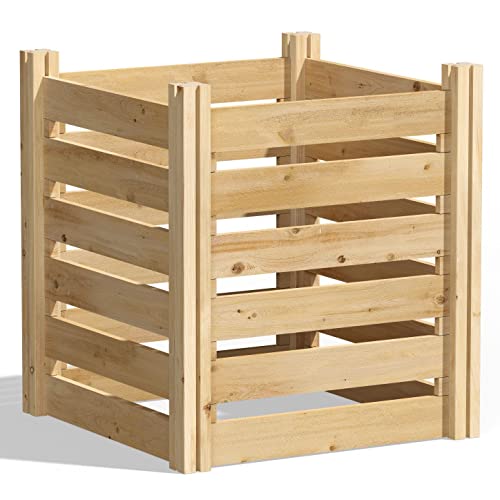
This made-in-America composter is a simple classic. It holds 77.3 gallons of compost and it's easy to set up.
3. Hot compost bins
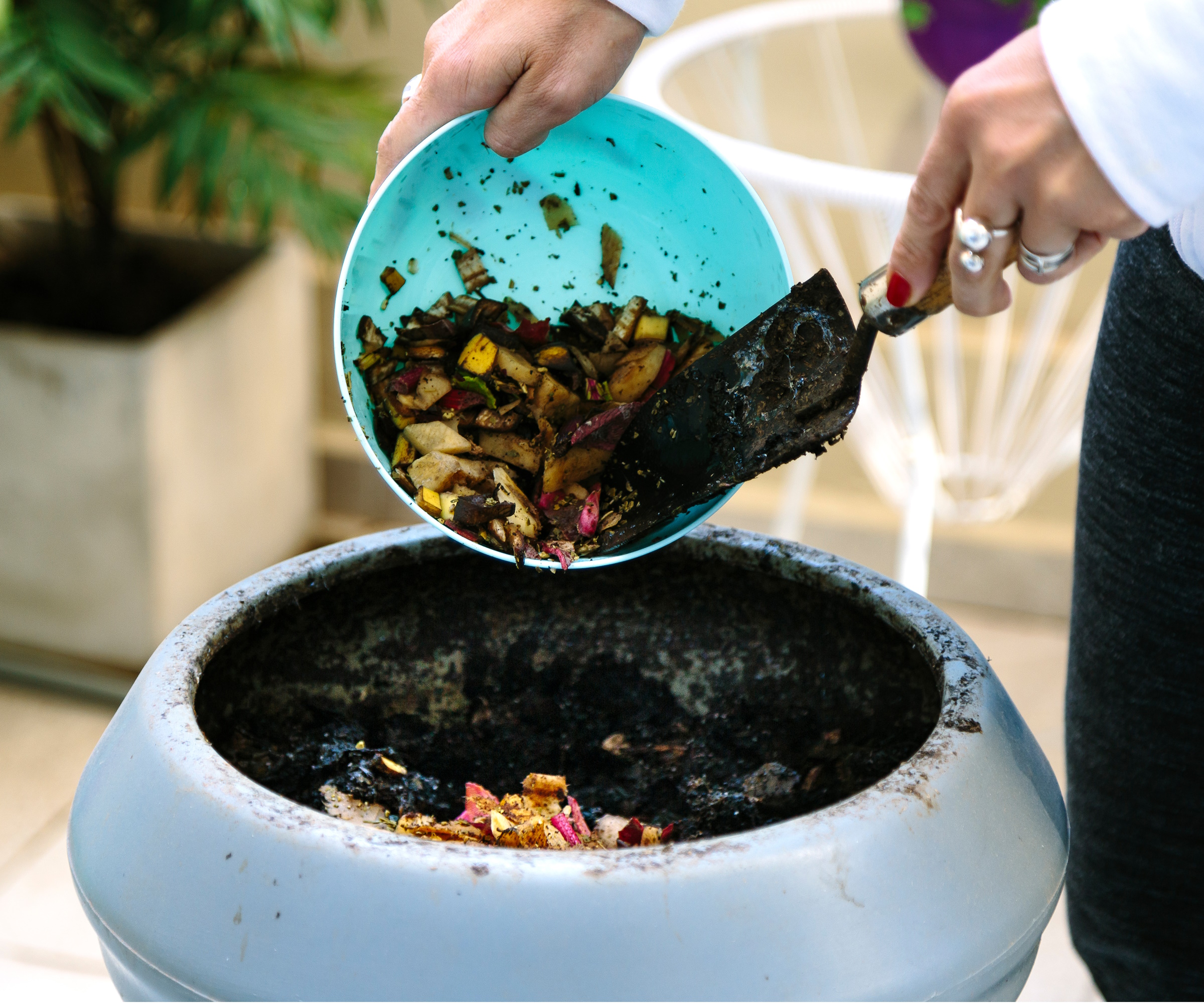
Hot compost bins speed up the composting process from a year to just three months. It's exactly as it sounds - Manny Barra says 'They rapidly turn your scraps into rich, dark compost, often within weeks thanks to their ability to generate high internal temperatures.'
Hot compost bins use highly insulative materials to ramp up the temperature in your compost to around 140°F. This hugely speeds up the process, and they're handy in winter when decomposition slows in cold temperatures. If you bought and installed a hot bin now, you could have compost in time for late spring.
However, they're the most expensive bins you can buy. An Aerobin like this at Burpee will set you back nearly $500. On top of that, they need a lot of work. You need to top them up and turn them every day, which isn't the most practical solution for most amateur gardeners.
Tammy Sons sums it up well: 'Hot bins speed up decomposition and work year-round, but can be quite costly and require near-constant monitoring for safety.'
4. Tumbler compost bins

You can also buy tumbling compost bins. These bins are drums on an axle. Unlike any other compost bin, where you have to turn the compost with a fork, a tumbler spins, saving you from turning it all over.
Manny Barra explains that 'Tumbler bins are the lazy gardener’s best friend; just give them a spin, and voilà, your compost mixes itself. They’re sealed tight, keeping nosy critters and unpleasant smells at bay, and their elevated design is a win for your back. Tumblers are also relatively speedy, turning scraps into compost in a matter of weeks.' Because they're lifted off the ground, it's harder for vermin to get into the bin.
However, these bins are small. The average size of a tumbler compost bin is at least half that of a plastic or wooden compost bin, so it won't work for larger gardens. They're also expensive for what they are; you can pay more than you would for a plastic compost bin and end up with half the compost. Tammy Sons says 'Tumblers are easy to mix and pest-proof but cannot hold as much compost and are also quite expensive.'
Tumbler compost bins aren't as good as they claim, either. They're usually faster than wooden or plastic bins but only by a couple of months - don't believe any claims that a tumbler bin can make compost in just four months.
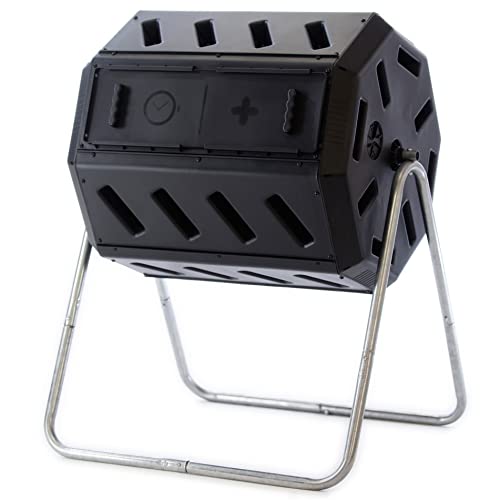
This is a classic tumbling composter. It has a smaller yard footprint than a plastic or wooden composter, but a much smaller capacity of just 37 gallons.
5. Work out the size you need
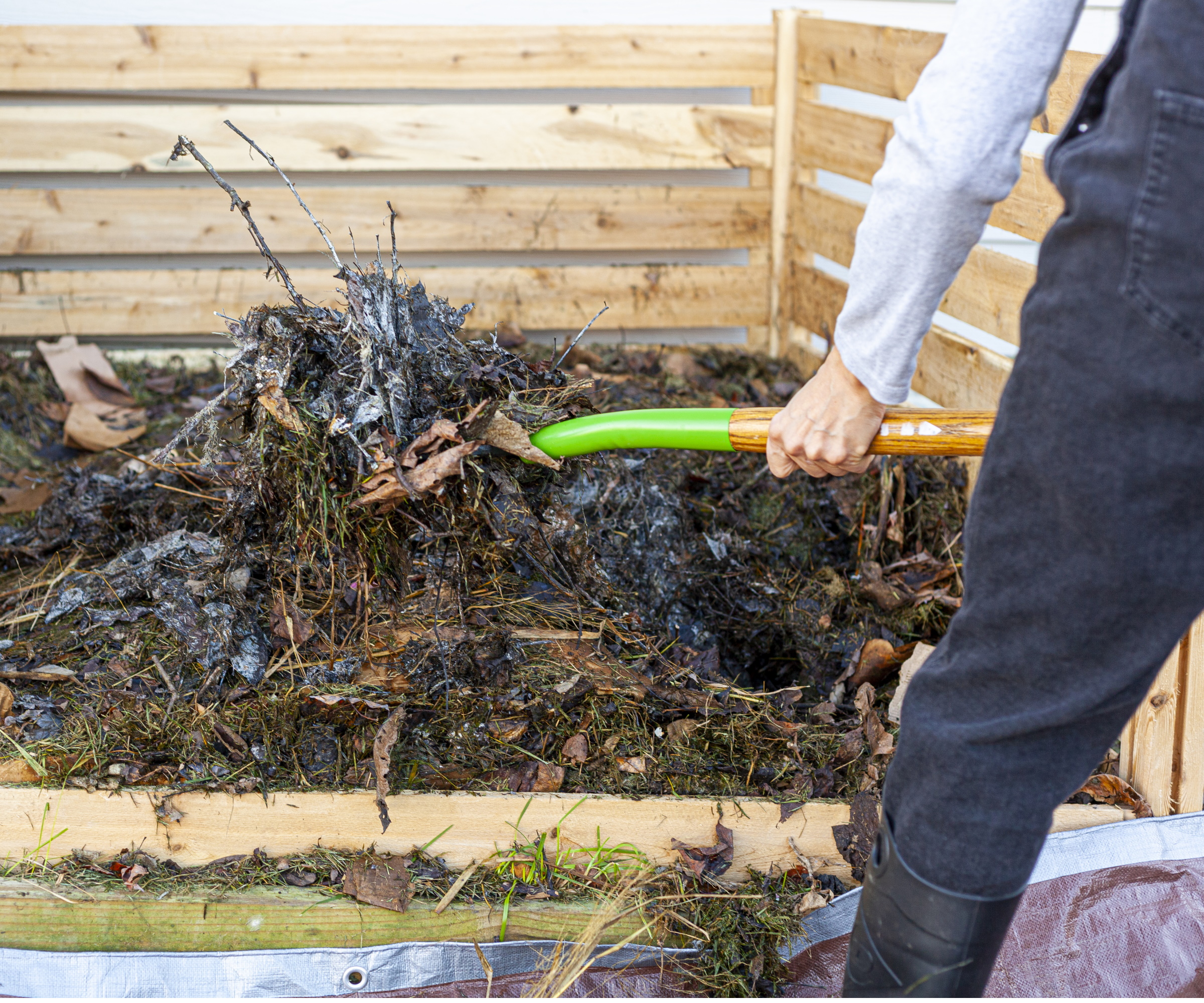
Working out the size of the bin you need depends on several factors. The most important ones to consider are the size of your family; the amount of waste you all produce; and how much compost you need.
Ryan Farley explains that 'What size compost bin you’ll need can depend on a few different factors. I’ve seen this primarily be influenced by how much you’ll be putting into it, what type of materials you’ll be adding, and perhaps most importantly—how much of the “finished” compost you’ll be using.
If you're using a plastic or wooden bin, Ryan says 'I tend to recommend around a 3 x 3-foot square bin for starters. That’s a pretty basic starting size, and works well if you’re primarily composting things like kitchen scraps, cardboard, and some yard litter. If you’re going to be composting lots of yard scraps like grass clippings, leaves, etc, then you might want something a bit larger.'
However, a 3x3 footer bin will make a lot of compost. Full to the top, a cubic yard of composting material will reduce to roughly 130 gallons of compost. That's nearly 20 bags of compost - great for keen gardeners but might be overkill if you just have a couple of raised beds.
To this end, Tammy Sons says 'To get the most out of a compost bin, find one that matches the amount of household waste your home may produce. Smaller bins can hold the excess of one to two people, but medium and large bins can hold the waste of a family or an entire garden.' If you don't make that much waste, keep it small - you can always buy another bin if you need one, but it's harder to remove a big compost bin.
6. Know you budget

The best news is that compost bins are relatively cheap by garden product standards. Don't spend any more than $70 on a plastic bin, no more than $200 on a wood bin, and no more than $500 on a hot bin.
Manny Barra says 'There's no need to buy a hot bin that costs as much as a weekend getaway if you’re only tossing in a few coffee grounds. Remember, the goal is turning trash into treasure, not breaking the bank. A reasonable range is $50–$150, depending on your needs and the bin’s materials.'
Compost bins are just the start. Once your bin is set up, you need to know about the right ratio of green to brown material, as well as the unusual compost ingredients that make for surprisingly great fertilizer.
Sign up to the Homes & Gardens newsletter
Design expertise in your inbox – from inspiring decorating ideas and beautiful celebrity homes to practical gardening advice and shopping round-ups.

As a gardens and lifestyle contributor, Alex makes sure readers find the right information to help them make the best purchase. Alex got his start in reviewing at the iconic Good Housekeeping Institute, testing a wide range of household products and appliances. He then moved to BBC Gardeners’ World Magazine, assessing gardening tools, machinery, and wildlife products.
-
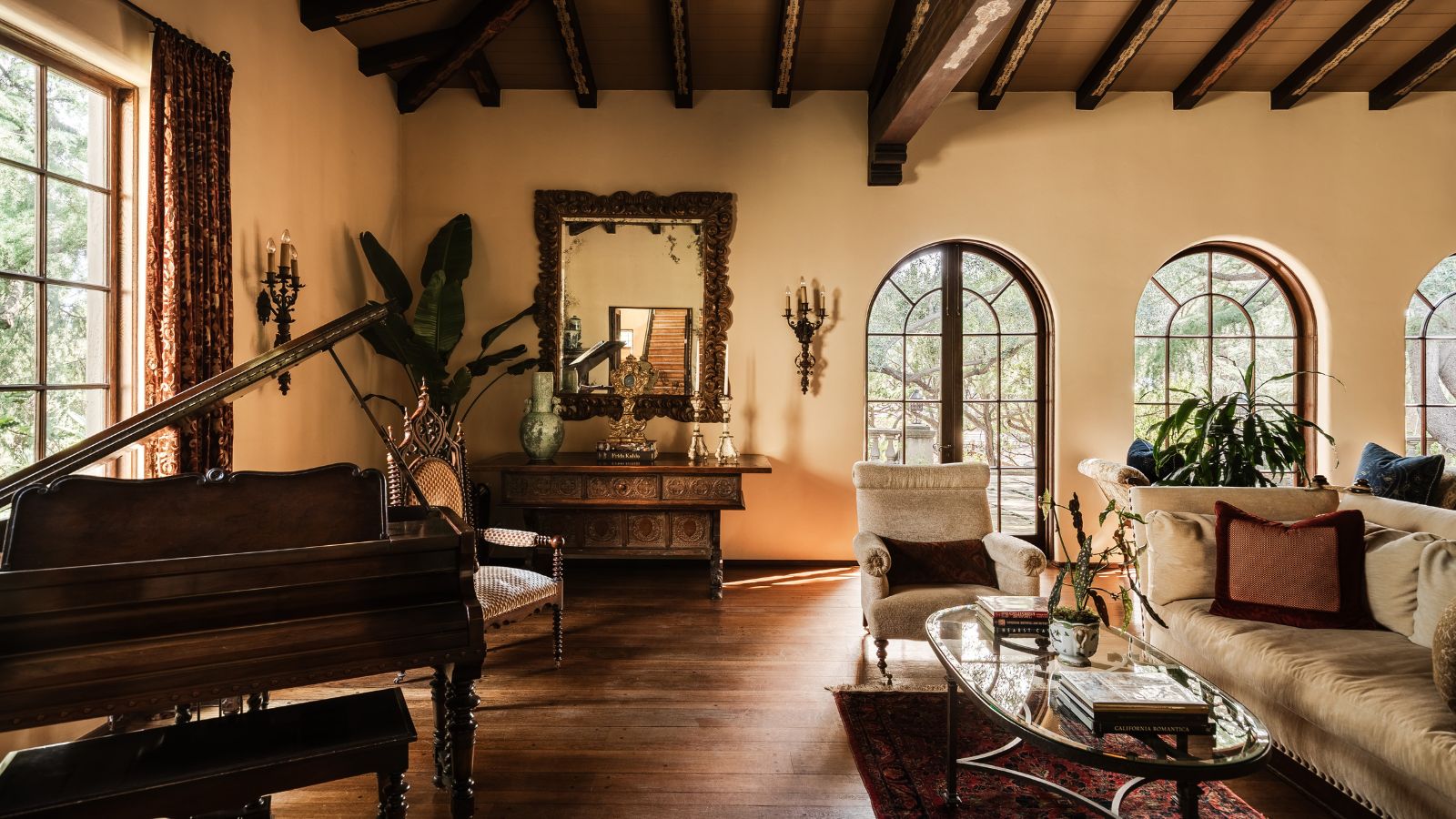 Dennis Morgan once owned this strikingly beautiful Mediterranean Revival home, designed by Paul R. Williams – it's listed for $8.5 million
Dennis Morgan once owned this strikingly beautiful Mediterranean Revival home, designed by Paul R. Williams – it's listed for $8.5 millionThe sprawling, La Cañada Flintridge property was built in 1927 by acclaimed designer Paul R. Williams, and is now ready for a new owner
-
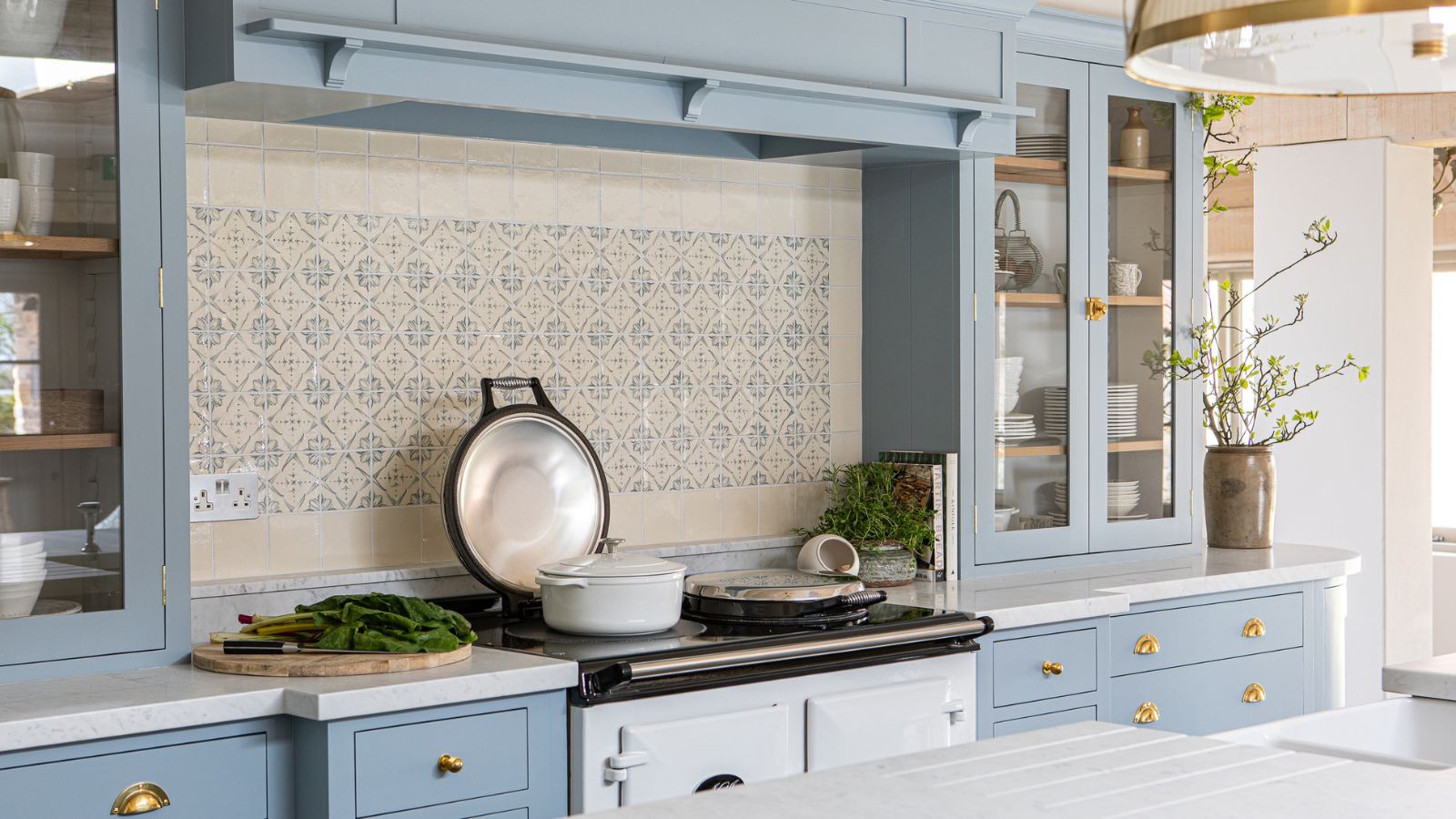 Professional cleaners say this one 'powerful' tool is the surprisingly simple answer to serial chore procrastination
Professional cleaners say this one 'powerful' tool is the surprisingly simple answer to serial chore procrastinationA mood board is a simple way to 'reframe cleaning as something satisfying'
